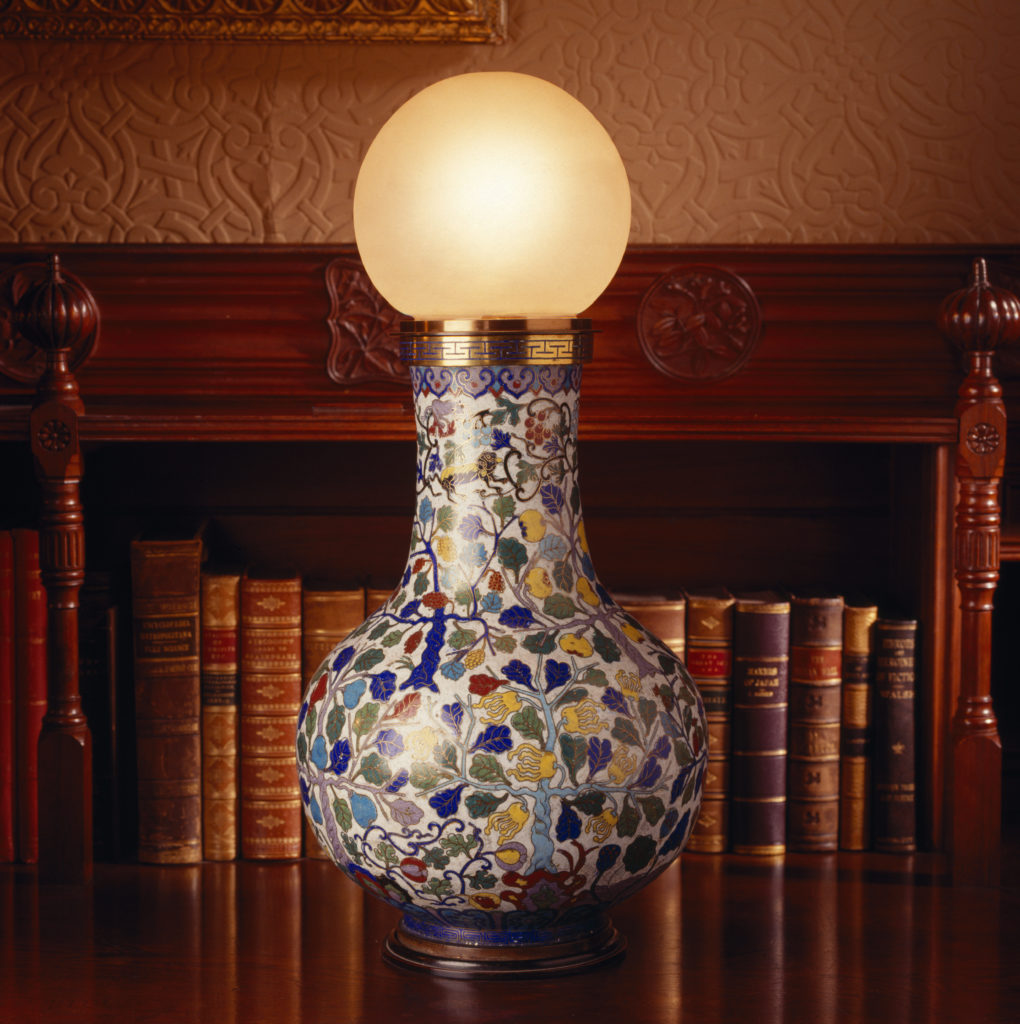Background

Electrical appliances and systems were first used in the domestic sphere, in the 1870s and 1880s. At this time, it was country houses which provided some of the earliest venues for electrical innovation and experimentation. Such householders could often afford to invest in this new and somewhat mysterious technology; nevertheless not all chose to, because many did not see any benefits which would justify the expense.
Today, many country houses still have old electrical artefacts, appliances or systems which date back to the late nineteenth or early twentieth century. However, it is not always easy to tell their stories and to help visitors engage with the interesting, important technological heritage preserved in country house museums.
Domesticating Electricity
‘Electrifying the country house’ aims to help country houses make better use of their electrical technologies by applying and building on research done by Graeme Gooday – Principal Investigator on this project – in his AHRC-funded 2008 book Domesticating Electricity. In this book, Gooday examines the early history of electricity in the home prior to World War 1, and argues that we should not assume that electrification in the home was inevitable or desirable at this time.
Gooday investigates the reasons behind the uptake of electrical technologies, and addresses contemporary fears regarding electricity, including the attempts of electrical promoters to emphasise the safety of electricity over gas lighting. He also points out that the gas companies, on the other hand, were doing exactly the opposite. Other important factors were the concerns of many women that electric lighting was less flattering than oil or gas lighting, as well as the ways in which electric lighting was made decorative enough to be acceptable to the sensibilities of the period.
More recently, Gooday has collaborated with Abigail Harrison Moore – Co-Investigator on this project – to produce a jointly authored article and a book chapter (forthcoming) which explore in more detail the importance of aesthetics to the spread of electrical lighting technologies in the home. These are:
– ‘Decorative Electricity: Standen and the Aesthetics of New Lighting Technologies in the Nineteenth Century Home’, Nineteenth-Century Contexts, 35:4, pg. 363-83 (2013)
– ‘True Ornament? The Art and Industry of Electric Lighting in the Home, 1889-1902’, Rebecca Wade, Gabriel Williams (eds.), Art versus Industry (Manchester University Press, 2015)
